Introduction
Obsessive-Compulsive Disorder (OCD) disrupts daily life with persistent thoughts and repetitive behaviors. Therefore, the Obsessive Compulsive Inventory-Revised (OCI-R) serves as an essential tool for evaluating these symptoms. Developed by Edna B. Foa and colleagues in 2002, this 18-item questionnaire targets key OCD dimensions, such as washing and checking compulsions. With over 3,600 citations on Google Scholar, its brevity and strong psychometric properties make it indispensable for researchers and clinicians in psychiatry and clinical psychology.
Moreover, this article delivers a thorough guide to the OCI-R, outlining its framework, uses, and value in enhancing patient outcomes.
Key Featuseres of the Obsessive Compulsive Inventory-Revised (OCI-R)
Purpose and Use
The OCI-R precisely measures the severity of OCD symptoms. It includes 18 items across six subscales, focusing on washing, checking, ordering, obsessing, hoarding, and neutralizing. Unlike broader anxiety assessments, its specialized design ensures accuracy for individuals with OCD, GAD, hoarding disorder, body dysmorphic disorder, depression, autism spectrum disorder, and tic disorders.
Target Population
The OCI-R fits adults aged 18 and older, encompassing:
- Young adults (18-24 years)
- Middle-aged adults (25-44 years)
- Older adults (45-64 years)
- Seniors (65+ years)
However, it lacks validation for children under 18 or non-adult groups.
Structure
The OCI-R features 18 items divided into six subscales:
- Washing (3 items): Evaluates excessive handwashing and contamination fears (e.g., “I wash my hands more often and longer than necessary.”).
- Checking (3 items): Measures repetitive checking behaviors (e.g., “I repeatedly check doors, windows, drawers, etc.”).
- Ordering (3 items): Assesses needs for symmetry and arrangement (e.g., “I need things to be arranged in a particular way.”).
- Obsessing (3 items): Gauges intrusive thoughts (e.g., “I find it difficult to control my own thoughts.”).
- Hoarding (3 items): Examines item accumulation (e.g., “I collect things I don’t need.”).
- Neutralizing (3 items): Reviews mental rituals (e.g., “I feel I have to repeat certain numbers.”).
Each item employs a 5-point Likert scale (0 = Not at all, 4 = Extremely), capturing symptom distress over the past month.
Scoring Method
The OCI-R uses a 5-point Likert scale (0 = Not at all to 4 = Extremely), yielding a total score from 0 to 72, where higher values signal greater OCD severity. Subscales sum their three items, ranging from 0 to 12 each. The total score derives from all items, reflecting overall symptom intensity.
Clinicians score subscales individually to pinpoint specific concerns, like high washing scores indicating contamination fears that may need focused therapy. Foa et al. (2002) set a cutoff of 21 to distinguish OCD from non-psychiatric cases, while 18 differentiates OCD from anxiety controls. No universal thresholds apply, but researchers often employ percentiles to identify elevated anxiety warranting action.
Administration Format
The OCI-R requires less than 5 minutes, ideal for fast-paced environments. You can self-administer it through:
- Paper-based forms
- Digital (online) platforms
- Mobile apps
- In-person interviews
- Phone or video calls
Applications of Obsessive Compulsive Inventory-Revised (OCI-R)
The OCI-R provides flexible uses:
- Screening: Detects individuals with notable anxiety, prompting further evaluation.
- Monitoring: Follows symptom shifts across treatment phases.
- Treatment Planning: Directs therapists to customize interventions via subscale insights, although it’s not a standalone tool for planning.
- Research: Facilitates investigations into OCD prevalence and therapy results.
For example, a clinician could leverage a high obsessing score to prioritize cognitive techniques, while researchers examine patterns to refine care standards.
Languages and availability
To boost worldwide reach, the OCI-R exists in over 20 languages, including:
- Arabic
- English
- Mandarin Chinese
- Spanish
- French
- Russian
- German
- Japanese
This variety supports use in multicultural clinical and research scenarios. The tool is freely available in the public domain, with no licensing fees required, though academic users must cite the original reference .
Reliability and Validity
The OCI-R boasts robust psychometric qualities. Validation research affirms its reliability, with Cronbach’s alpha exceeding 0.90, it exhibits high internal consistency. Additionally, its sensitivity to OCD-specific symptoms guarantees precise tracking of mental health, positioning it as a dependable option for research and practice.
- Original validation study study link
- Spanish version study link
- Further validation study study link
Limitations and Considerations
Despite its strengths, the OCI-R has a few limitations:
- Self-report measure: Responses may be influenced by subjective interpretation or social desirability bias, potentially skewing results.
- Cultural Bias: The questionnaire may not fully account for cultural differences in symptom expression, limiting its applicability in diverse populations.
- Narrow Focus (Limited Domains Covered): It primarily targets OCD symptoms, potentially missing broader psychological issues.
- Age Restrictions (Not Suitable for All Age Groups): The lack of validation for those under 18 limits its pediatric applicability.
- Social Desirability Bias: Respondents may underreport symptoms to appear less distressed, affecting score accuracy.
Other Versions And Related Questionnaires
The OCI-R complements other tools and has related versions:
- OCI-CV: A child version for younger populations.
- OCI-4: A shorter, four-item adaptation for rapid screenings.
- Yale-Brown Obsessive-Compulsive Scale (Y-BOCS): A clinician-administered tool for detailed OCD severity assessment.
- Dimensional Obsessive-Compulsive Scale (DOCS): Focuses on symptom dimensions for a nuanced evaluation.
Additionally, with hoarding disorder recognized as a distinct diagnosis in DSM-5, recent studies split the OCI-R into:
- OCI-OCD (15 items): Measures five OCD dimensions .
- OCI-HD (3 items): Assesses hoarding disorder symptoms .
Additional Resources
- Original Validation Study study link
- Access the questionnaire as a PDF
- Validation of the Mandarin Chinese version of the Yale-Brown Obsessive-Compulsive Scale – Second Edition study link
- For inquiries, contact Edna B. Foa via the American Psychological Association: accred@apa.org
- For additional OCI-R resources, consult the American Psychological Association (APA).
Frequently Asked Questions (FAQ)
- Who can use the OCI-R?
Clinicians, researchers, and healthcare providers use the OCI-R for adults aged 18 and older with suspected OCD or related disorders. - How long does it take to complete the OCI-R?
Patients typically complete it in less than 5 minutes, making it suitable for busy clinical settings. - How is the OCI-R administered?
Healthcare teams can administer it via paper, digital, mobile app, or interview formats, offering flexibility. - Is there any cost to using the OCI-R?
The OCI-R is free for non-commercial use, but academic users must cite Foa et al (2002). Permission may be required for commercial projects.
A Word from ResRef about Obsessive Compulsive Inventory-Revised (OCI-R)
The Obsessive-Compulsive Inventory-Revised (OCI-R) is a valuable instrument for assessing OCD symptoms. Its structured approach, strong psychometric properties, and applicability in various settings make it an essential tool for both clinical practice and research. By identifying specific patterns of obsessive-compulsive behavior, the OCI-R helps healthcare providers develop targeted interventions to improve psychological well-being and overall mental health.
References
- Foa, E. B., Huppert, J. D., Leiberg, S., Langner, R., Kichic, R., Hajcak, G., & Salkovskis, P. M. (2002). The Obsessive-Compulsive Inventory: Development and validation of a short version. Psychological Assessment, 14(4), 485–496. link
- Fullana MA, Tortella-Feliu M, Caseras X, Andión O, Torrubia R, Mataix-Cols D. Psychometric properties of the Spanish version of the Obsessive-Compulsive Inventory–revised in a non-clinical sample. J Anxiety Disord. 2005;19(8):893-903. doi: 10.1016/j.janxdis.2004.10.004. Epub 2004 Dec 10. PMID: 16243637. link
- Abramowitz JS, Deacon BJ. Psychometric properties and construct validity of the Obsessive-Compulsive Inventory–Revised: Replication and extension with a clinical sample. J Anxiety Disord. 2006;20(8):1016-35. doi: 10.1016/j.janxdis.2006.03.001. Epub 2006 Apr 18. PMID: 16621437. link
- Zhang CC, Gong H, Zhang Y, Jin H, Yang Y, Li B, Li Y, Luo X, Liu W, Fang F, Li B, Sun B, Fletcher T, La Buissonnière-Ariza V, Goodman WK, Storch EA. Development and psychometric evaluation of the Mandarin Chinese version of the Yale-Brown Obsessive-Compulsive Scale – Second Edition. Braz J Psychiatry. 2019 Nov-Dec;41(6):494-498. doi: 10.1590/1516-4446-2018-0126. PMID: 30785537; PMCID: PMC6899356. link


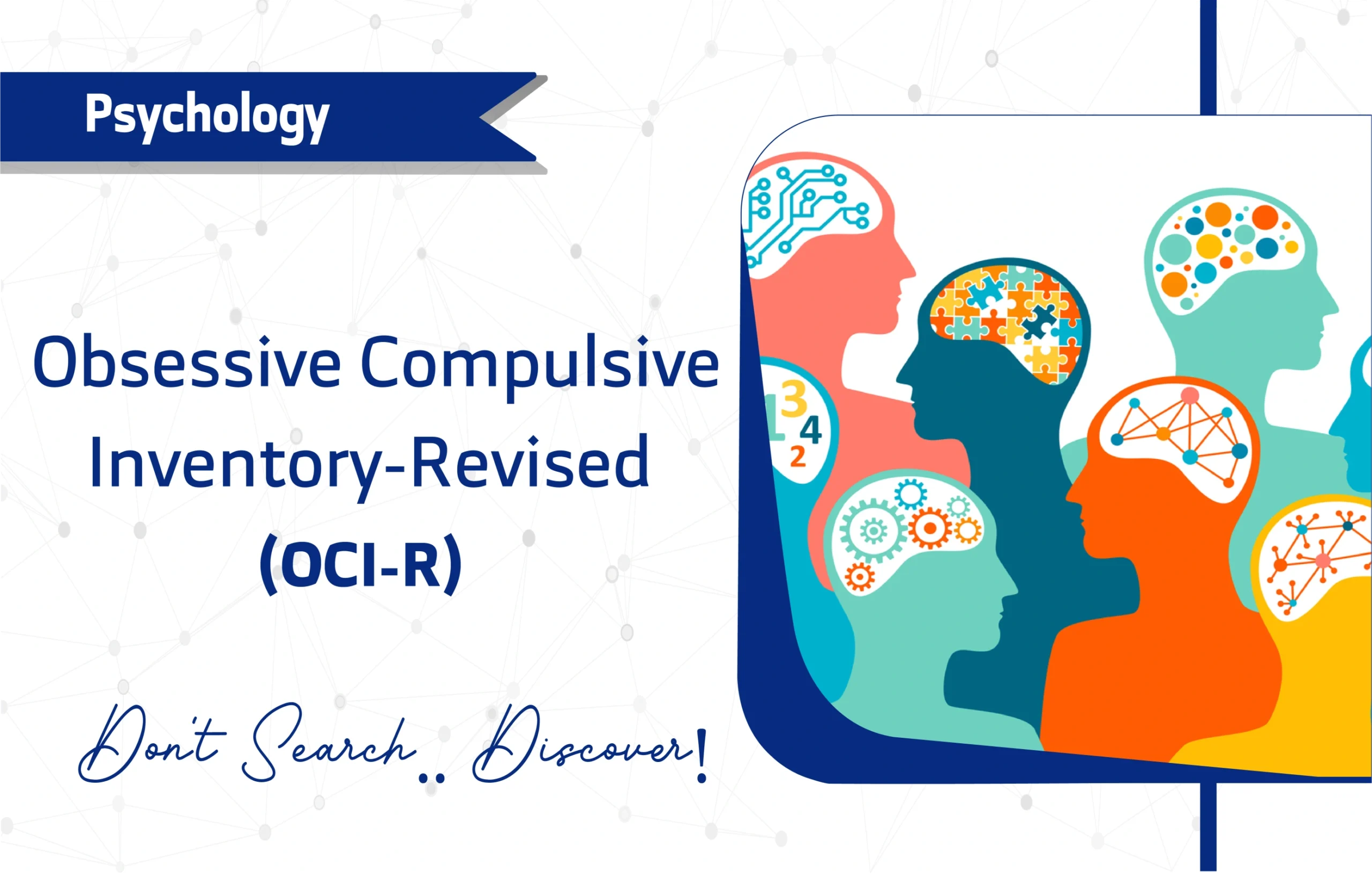
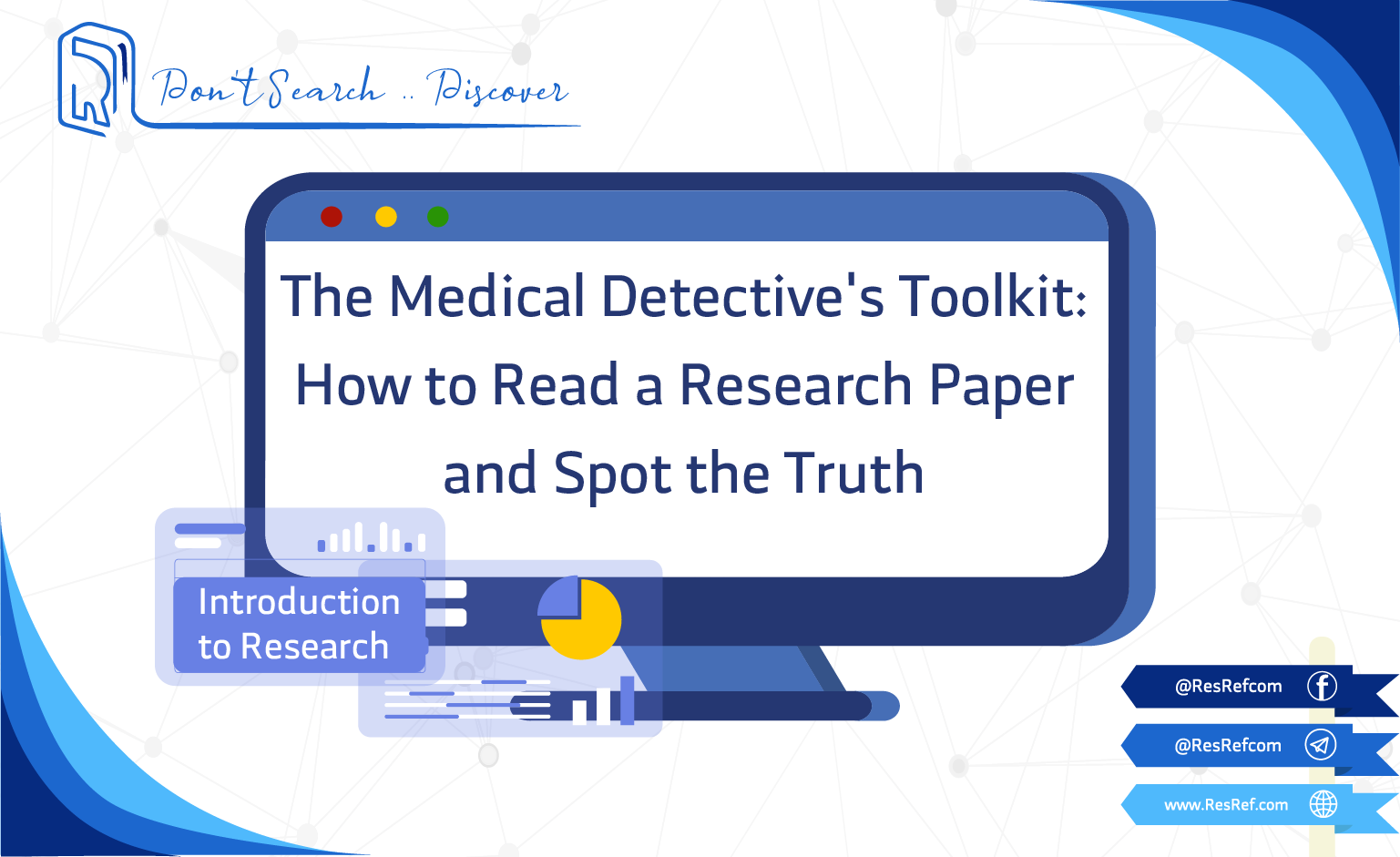

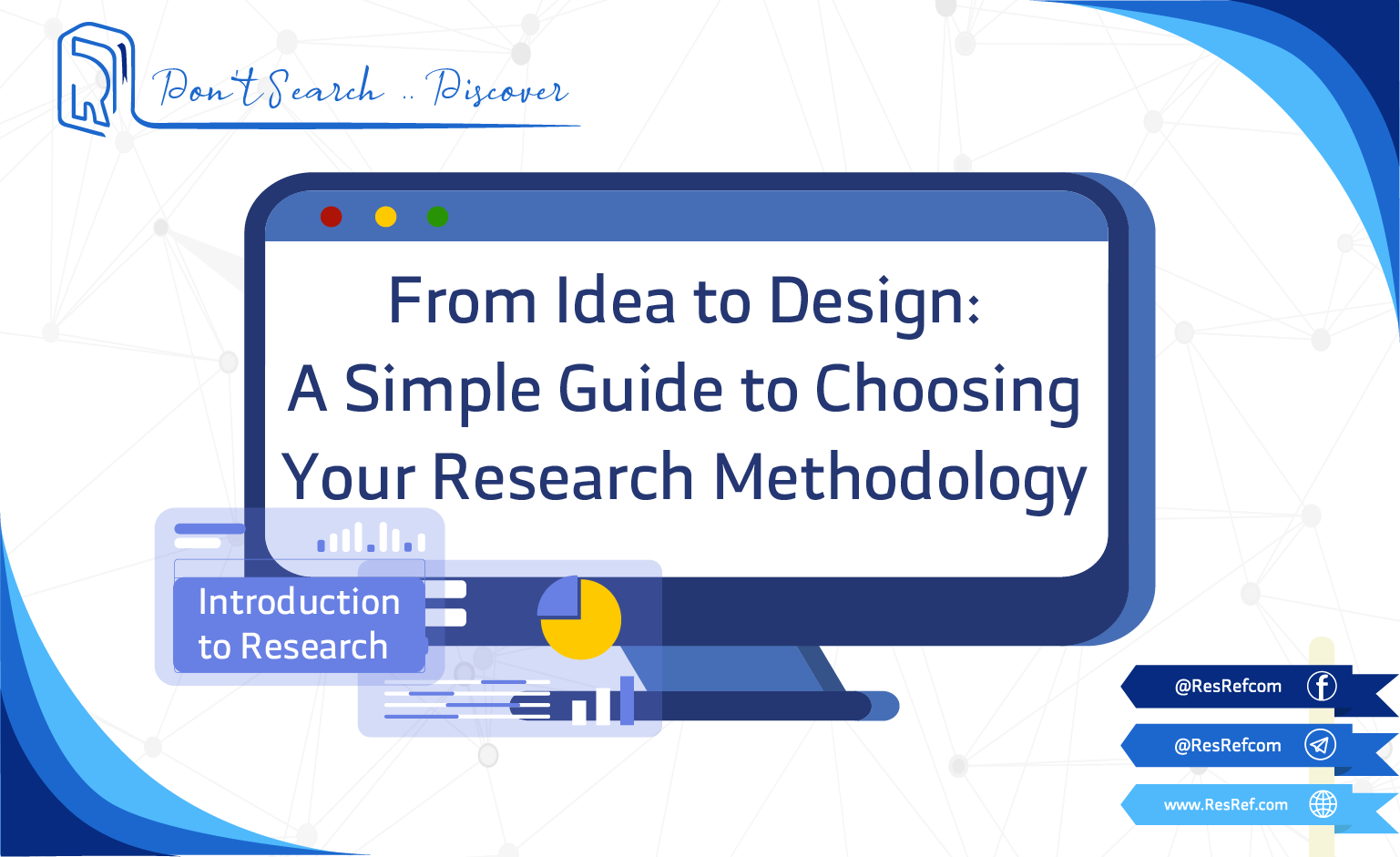
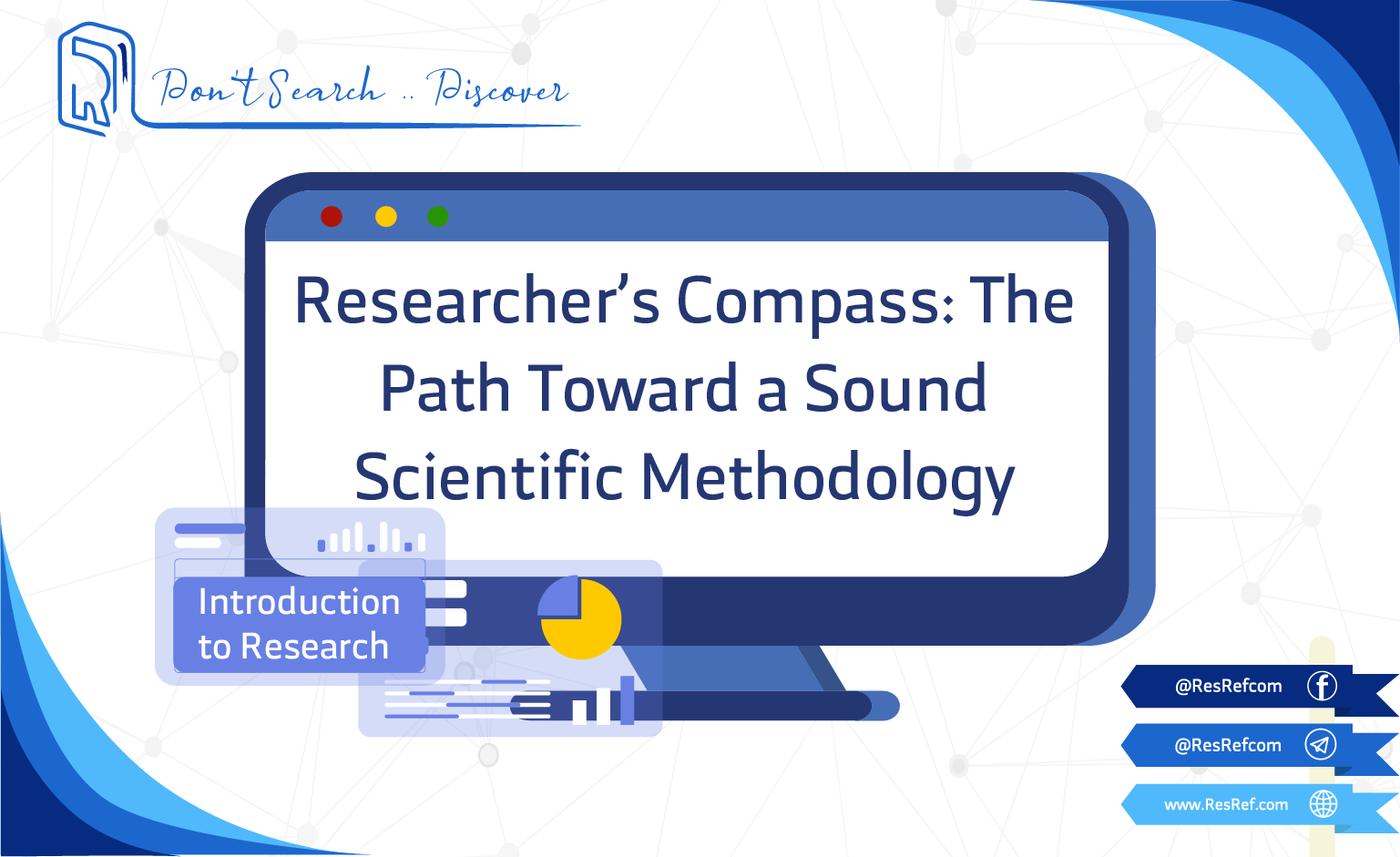
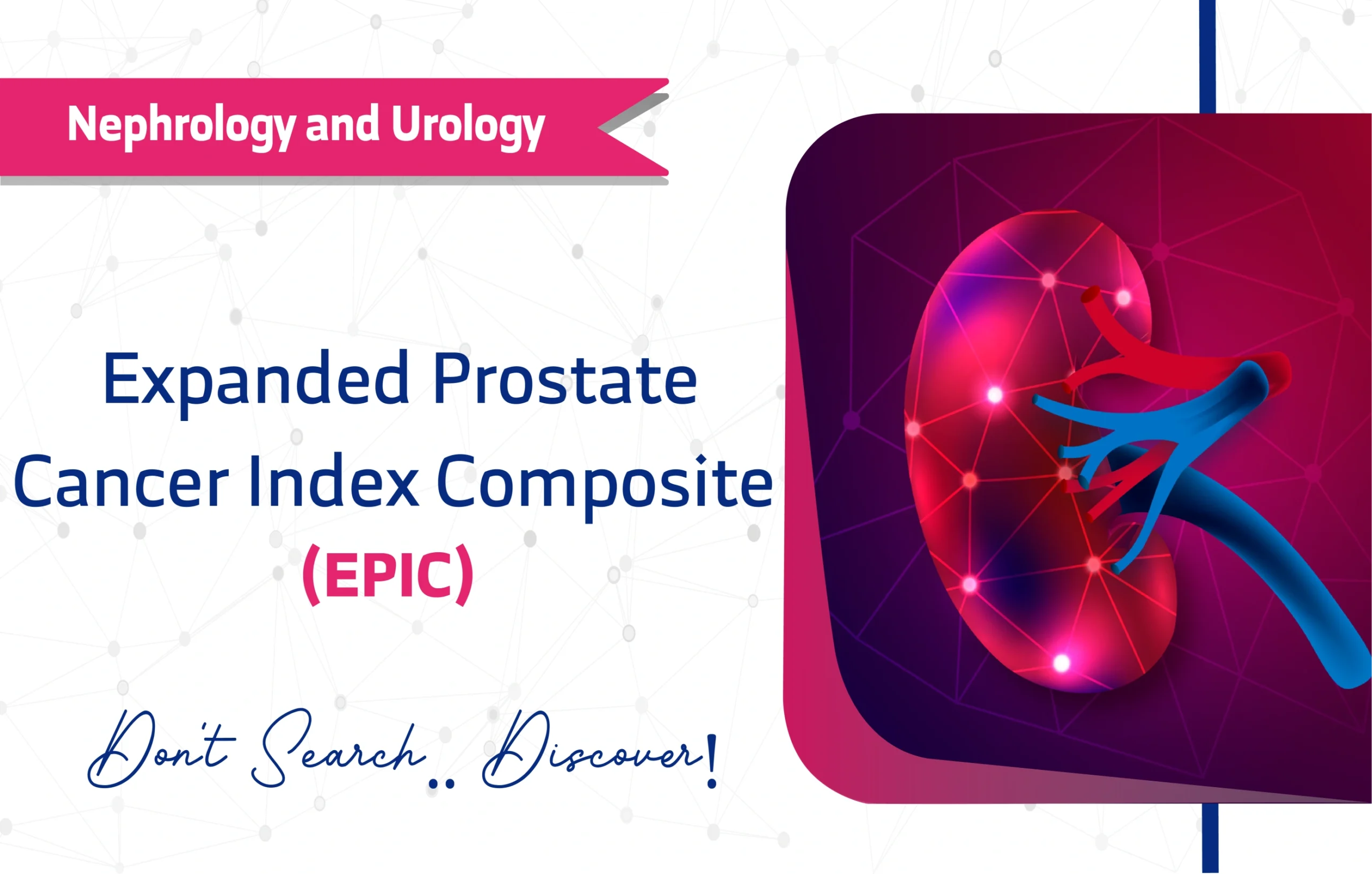
1 thought on “Obsessive Compulsive Inventory-Revised (OCI-R): A Full Guide for Researchers and Clinicians.”
This website is shaping the future of research by making valuable tools accessible to everyone. It’s inspiring to see such dedication to education and innovation.